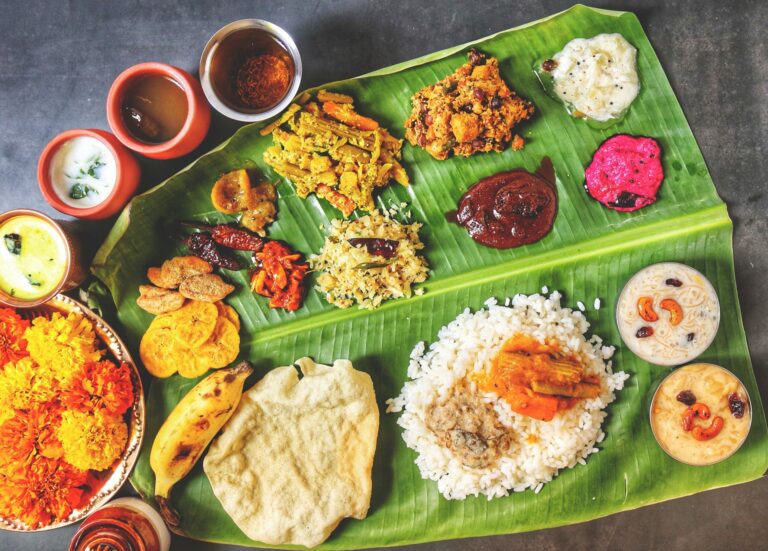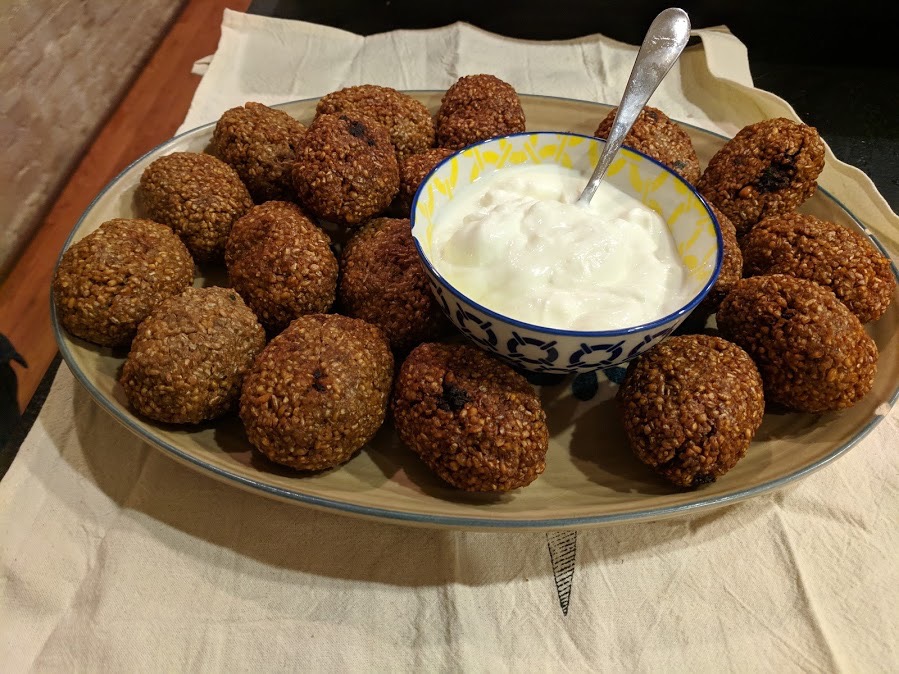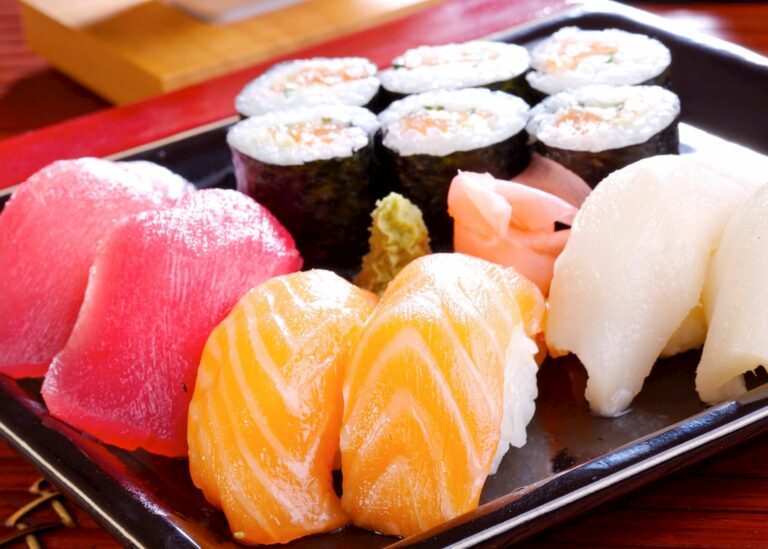Introduction: Indian cuisine and its uniqueness
Indian cuisine is globally renowned for its unique blend of spices, herbs, and aromas. Its rich and diverse cultural heritage has influenced the flavors of Indian dishes to create a unique culinary experience. Indian cuisine is characterized by its use of fresh ingredients, complex spices, and a wide range of condiments, sauces, and pickles. Each region of India has its own unique style of cooking, which reflects the local culture and traditions.
Spices and herbs used in Indian cooking
Spices and herbs are an essential component of Indian cooking, providing a distinctive flavor to the dishes. Some of the commonly used spices and herbs in Indian cuisine include cumin, coriander, turmeric, ginger, garlic, cardamom, bay leaves, cloves, and cinnamon. These spices not only add flavor but also have several health benefits, such as aiding digestion, reducing inflammation, and boosting the immune system.
Role of condiments and sauces in Indian cuisine
Condiments and sauces play a crucial role in Indian cuisine, providing a burst of flavor and enhancing the taste of the dish. Indian cuisine has a wide range of condiments and sauces, which can be used as a dip, side dish or added to the main course. These condiments are usually made with fresh herbs, fruits, and vegetables, and are packed with nutrients and flavors.
Commonly used condiments in Indian cooking
Some of the commonly used condiments in Indian cuisine include tamarind chutney, mint chutney, coriander chutney, mango chutney, coconut chutney, and tomato chutney. These chutneys are usually served as a dip or a side dish and add a tangy, spicy, or sweet flavor to the dish. In addition to chutneys, Indian cuisine also has a wide range of pickles, such as mango pickle, lemon pickle, and chili pickle, which can be used as a side dish or added to the main course.
Significance of chutneys and pickles in Indian dishes
Chutneys and pickles are an integral part of Indian cuisine, adding a burst of flavor to the dish. These condiments are usually made with fresh ingredients, providing essential nutrients to the body. Chutneys and pickles are also used to balance the flavors of the dish, adding sweetness, sourness, or spiciness, depending on the taste of the dish.
Popular Indian sauces: raita, yogurt, and more
In addition to chutneys and pickles, Indian cuisine also has a wide range of sauces that can be used as a dip, side dish, or added to the main course. Raita, a yogurt-based sauce, is a popular side dish that is usually served with biryani or other rice dishes. Other popular sauces include tomato sauce, onion sauce, coconut milk sauce, and curry sauce, which are used in a variety of dishes, such as curries, stews, and soups. These sauces add flavor, texture, and depth to the dish, making it a delightful culinary experience.










